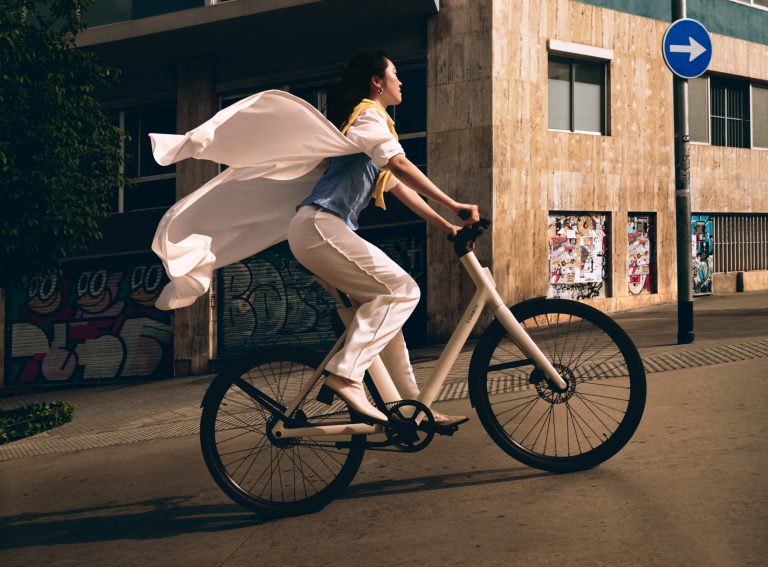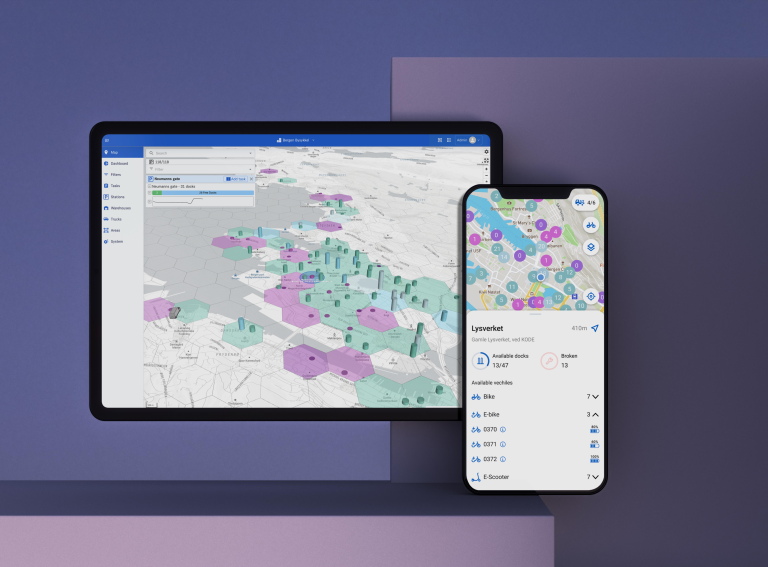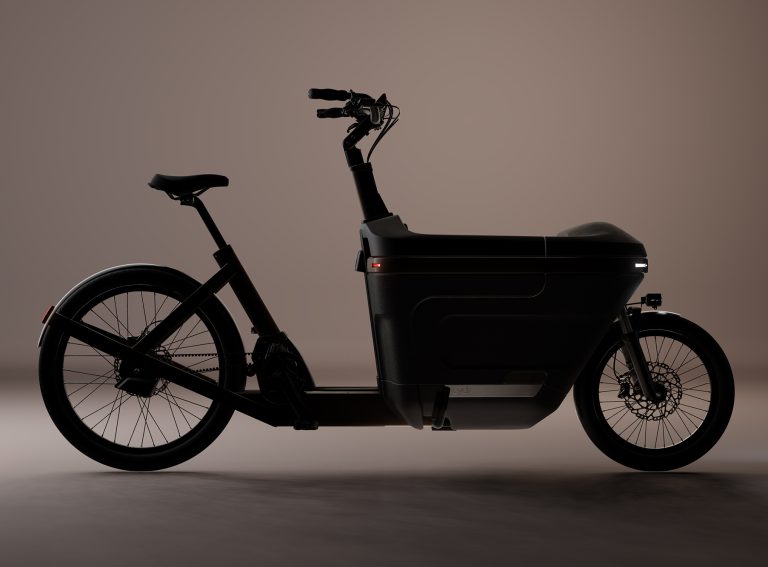TIER is once again the European leader in terms of e-scooter fleet numbers while remaining at the top in terms of devices and ride counts.
At MOVE 2021, a major mobility conference in London last week that showcased the industry, the company also revealed some of its numbers and its thoughts on making its huge operation sustainable and staying at the front of technology on the field.
First, the stats. With 70 million rides under its belt, TIER is moving quite a lot of Europe around now. It offers e-mopeds and e-bikes in some markets (TIER’s London e-bikes launched last week), but at its core remains the e-scooter.
Of its operations in more than 100 cities, 29 now include the TIER Energy Network – which is where the company hopes its users will swap batteries for it, using a network of battery recharging points installed in neighbourhood shops (with over 300 contracts signed so far with shop groups across Europe).
The scooters themselves are also rapidly getting better able to withstand public use for longer – a five-year life is its target (the company itself is younger than that) and at the moment they are seeing at least 300 rides per repair. Cutting down the number of maintenance trips is an admirable aim, and good both for its economics and its environmental impact, but all scooters will still need servicing from time to time.
TIER’s redistribution vehicles are 60 per cent e-vans and, even better, 16 per cent cargo bikes. The rest, for now, are diesel vans. But all e-scooters have an end date, and so far TIER has resold 10,000 of its older fleet to private owners.
Secondly, CPS. It sounds like GPS and it does the same job – location detection – but at centimetre accuracy. This is crucial, particularly where parking locations are very sensitive and users really need to end their journey in the right spot – or the public gets upset and the company gets big penalties. With CPS, the e-scooter journey end should be a smoother experience, and so fewer user fines or journey end failures given in error. Many e-scooter share users can attest to the annoyance of being unable to finish a journey due to GPS accuracy failing when they just want to stop the meter running and move on.
The clever bit is is that it’s not on the e-scooter itself, but entirely software. Working with US company Fantasmo, the areas around each parking spot have been 3D scanned, and the user’s phone camera is used to scan and match the area. If the 3D geometry (e.g. building shapes) matches up closely enough, then the location is good. It is on trial at the moment in Paris and York, but not London yet. Zag has suffered this exact problem in testing – please bring it here soon. In America, operator Helbiz very recently announced that it is also partnering with Fantasmo’s CPS.
Finally, sustainability. As noted above, TIER is aiming for a five-year shelf life (Voi, Europe’s second-placed giant, also has this five-year target). So, the industry is trying to not make them “disposable”. This is key because, while e-scooters have a tiny carbon dioxide footprint in use compared with almost every other electric and motor vehicle, the fact remains that, for the distance that they will travel in their life, their manufacturing carbon footprint is substantial – way more than buses, trains and even the private car.
So getting the longevity squeezed out of the vehicle itself is absolutely critical, and expect further heavy innovation in this aspect by TIER and the other major players. And beware of the new startups who buy consumer-grade e-scooters off the shelves and put a sharing logo on them – they may not be as green as you think.
Bikeshares have already managed to make their vehicles genuinely long-term – London’s Santander Cycles fleet is 11 years old and plenty of the original bikes are still serving Londoners daily – but the e-scooter is a much newer form of transport and so its rapid evolution will continue for the next few years at least.
(Updated to correct a transcription error, TIER has had 70 million, not 17 million, rides so far)



